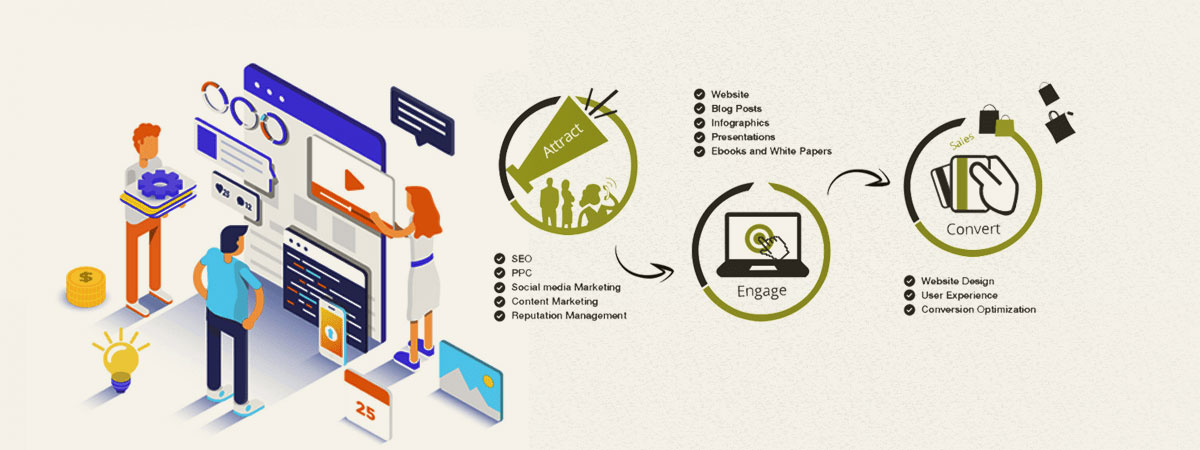Keen To Discover Exactly How Site Design Has Changed In Time? Study The Development From Simplicity To User-Focused Experiences
Keen To Discover Exactly How Site Design Has Changed In Time? Study The Development From Simplicity To User-Focused Experiences
Blog Article
Write- Glacial Multimedia Created By-Bradshaw Molina
In the past, web sites were straightforward and concentrated on info. Navigation was direct, and design was for desktops. Currently, user experience is essential. Information guides styles for very easy navigating. Receptive layouts suit various gadgets. Today, dark setting reduces stress, and minimalist menus boost navigating. Interactive features involve individuals, and vibrant visuals stand apart. AI combination improves engagement. See how design has developed to enhance your on-line trip.
Very Early Days of Website Design
In the early days of web design, simplicity preponderated. Web sites were standard, with minimal shades, font styles, and designs. The emphasis was on supplying information rather than showy visuals. Customers accessed the net via slow dial-up links, so speed and capability were key.
Navigation menus were straightforward, generally located on top or side of the web page. Sites were developed for desktop computers, as mobile surfing had not been yet widespread. Content was king, and developers focused on simple readability over intricate design aspects.
HTML was the primary coding language used, and developers had to function within its restraints. Animations and interactive functions were minimal contrasted to today's criteria. Web sites were static, with little dynamic material or personalized customer experiences.
Rise of User-Focused Layout
With the advancement of web site layout, a shift towards user-focused design principles has become significantly prominent. Today, creating internet sites that prioritize customer experience is vital for involving site visitors and achieving service goals. User-focused style involves recognizing the needs, choices, and behaviors of your target market to customize the website's design, web content, and includes as necessary.
Developers now perform extensive research, such as individual studies and usability screening, to collect insights and comments straight from users. This data-driven approach assists in creating instinctive navigating, clear calls-to-action, and visually attractive interfaces that reverberate with site visitors. By positioning the user at the center of the style procedure, internet sites can deliver a more customized and pleasurable experience.
Responsive style has likewise become an essential aspect of user-focused style, making sure that web sites are optimized for numerous tools and screen dimensions. This adaptability enhances access and usability, accommodating the varied methods individuals connect with web sites today. Fundamentally, the rise of user-focused layout indicates a shift in the direction of producing digital experiences that prioritize the demands and assumptions of completion user.
Modern Trends in Website Design
Check out the current trends shaping web design today. One famous trend is dark setting layout, offering a smooth and modern appearance while minimizing eye strain in low-light environments. Another vital pattern is minimal navigating, simplifying menus and improving user experience by concentrating on essential elements. Integrating micro-interactions, such as animated buttons or scrolling impacts, can create a more appealing and interactive web site. Responsive layout continues to be essential, making certain seamless individual experiences throughout numerous tools. In addition, making use of strong typography and asymmetrical formats can add visual rate of interest and draw attention to certain content.
Incorporating AI modern technology, like chatbots for client support or tailored recommendations, improves customer engagement and streamlines processes. Ease of access has also come to be a considerable fad, with developers prioritizing comprehensive layout practices to deal with varied user requirements. Welcoming sustainability by optimizing site performance for speed and efficiency is another emerging pattern in website design. Collaborating with customer responses and information analytics to iterate and enhance design continuously is crucial for staying relevant in the ever-evolving electronic landscape. By welcoming these modern fads, you can create a visually appealing, easy to use site that resonates with your audience.
Conclusion
As you reflect on the development of website style from the early days to currently, you can see just how user-focused layout has ended up being the driving pressure behind modern trends.
Accept the trip of change and adaptation in web design, always keeping the customer experience at the center.
Remain current with the most up to date trends and innovations, and never ever quit developing your method to develop aesthetically magnificent and user-friendly internet sites.
Develop, adapt, and produce - the future of website design remains in your hands.
